“Human development does not occur in a steady, linear ascent but in a series of formative planes” is one of three essences of Montessori’s ideas in her last three years of life to look back upon her life’s work. Let’s explore the concept of Dr Montessori with 4Life Education (4life.edu.vn)!
As a young medical student at the University of Rome in the 1890s, Montessori studied the origin and formation of living beings. When she returned to the University of Rome, after a successful medical career, to study pedagogy, philosophy, and anthropology, Montessori continued to be intrigued by development in all forms of
life. As she worked with children and young adults in the following years, she gradually recognized that there were specific stages in human formation. Eventually, she identified four such planes of development. There are two planes of childhood, resulting at age twelve in a mature child and two formative stages of adulthood, completed when a young adult reaches maturity at age twenty-four.
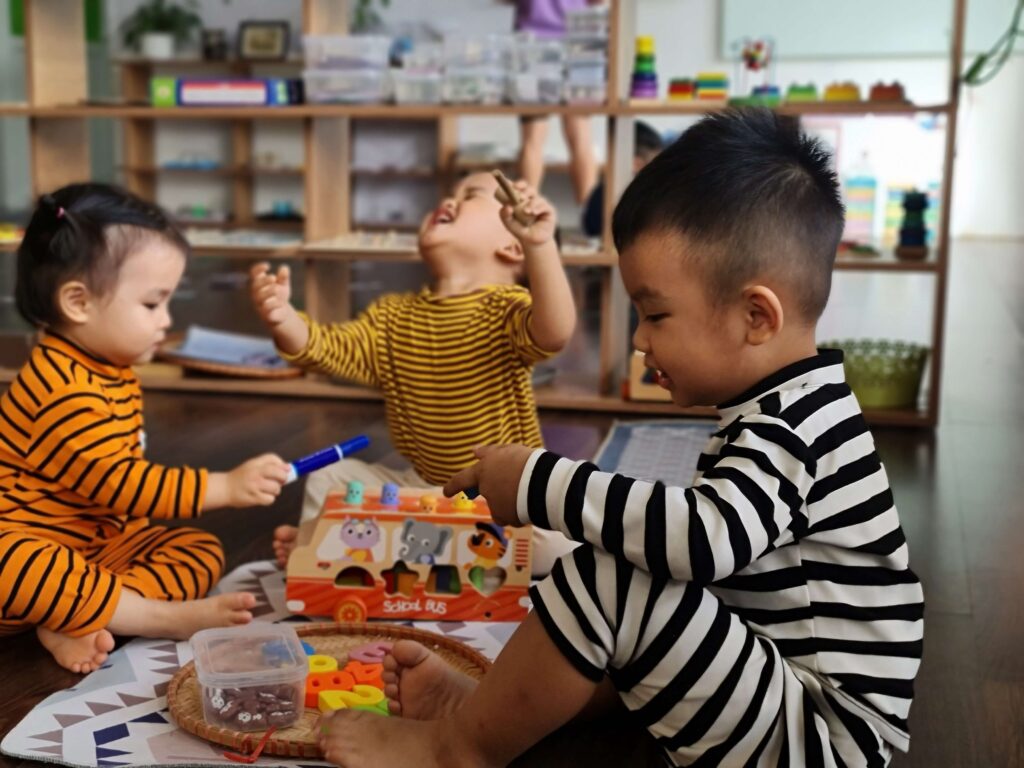
Dr Montessori outlined four consecutive planes, or stages, of development from birth to maturity, each plane
spanning approximately six-years. At each plane of development children and young people display intellectual
powers, social orientations and creative potential unique to that stage. Each plane is characterised by the way
children in that plane learn, building on the achievements of the plane before and preparing for the one to
follow. The timing and nature of the transition between planes vary from individual to individual.
- The first plane of development is the period from birth to, approximately, age six. During this stage children are sensory explorers, learning to become functionally independent in their immediate environment and community. Children at this stage construct their own intellect by absorbing every aspect of their environment, language and culture.
- The second plane of development is the period from, approximately, six to twelve years. The developmental focus of this period is intellectual independence, hand in hand with the development of ethics and social responsibility. During this stage children become conceptual explorers. They use reasoning, abstract thought and imagination to explore and develop their understanding of the world.
- From age twelve to eighteen young people become humanistic explorers seeking to understand their place in society, and to contribute to society. They have a huge capacity for creative expression, and their style of learning becomes more practical and experiential, an approach they use to explore previously introduced concepts in more depth and in real-life contexts.
- From eighteen to twenty-four young adults develop specialist knowledge and skills, preparing them to take their place in the world and to establish social and economic independence.
Montessori discovered that three things are happening in each of the four formative planes:
- there is a specific goal in development
- there is a readily identified direction being followed to reach that goal
- there are specific sensitivities given to human beings in each period of development which facilitate reaching the
definitive goal for that plane.
To highlight the dramatic nature of the child’s transitions from one plateau of development to the next, Montessori likened developmental planes to the metamorphoses of a butterfly. The various stages of larva, chrysalis, and adult butterfly are so radically different as to be unrecognizable one from the other. So, too, the differences of each plane of human formation are so extraordinary that the young person appears in each as a re-created being. Each of these four planes of development builds upon the last so that faulty development in any one affects the successful completion of all the others.
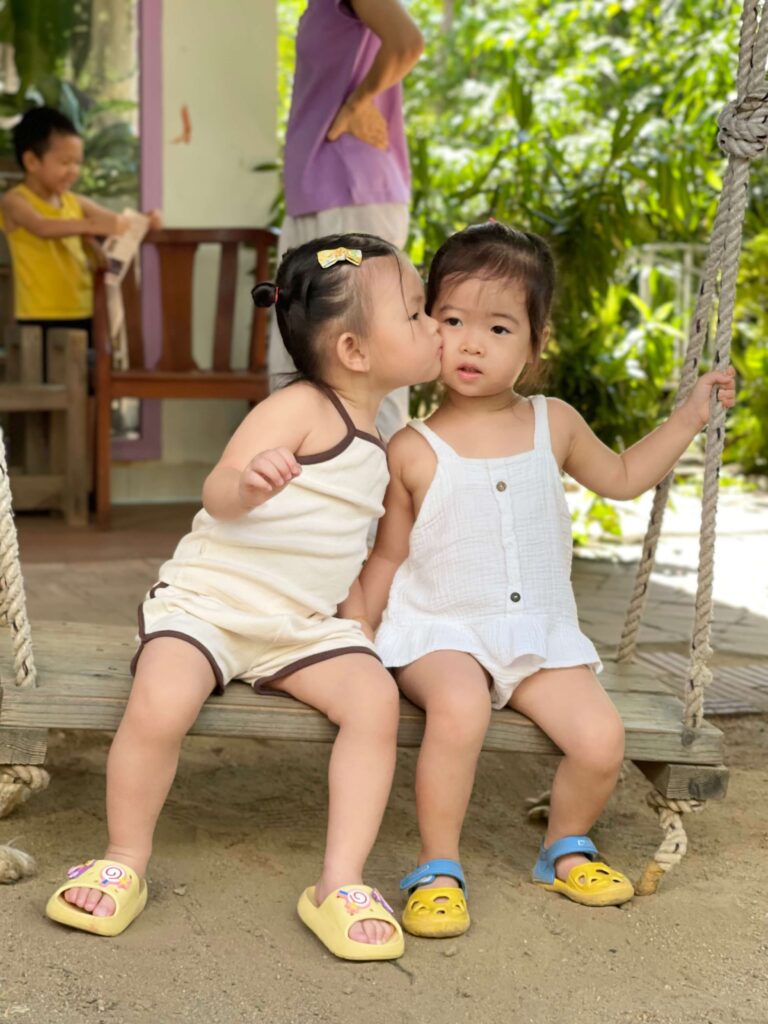
Montessori observed that regular education takes no heed of these planes of development. In virtually every country in the world, the first stage of development, from birth to age six, is ignored because schooling does not begin until it is over or nearly so. Beginning at the child’s sixth year, education follows a steady ascent, becoming
increasingly more difficult each year with more and more subjects added, more and more teachers introduced, more and more study and production required, based on outwardly imposed curriculum and tests.
In spite of being a successful student in such a system herself, winning many prizes and honors throughout her schooling and university courses, Montessori saw many errors in this approach. She referred to the school children of her day as so many “dried butterflies” pinned to a display board. She drew a chart depicting the linear ascent of education based as it is upon feeding information to children as if they are blanks to be imprinted upon.
She colored it in an “awful greyness” to reflect the boredom it inflicted on the children. Its underlying assumption is that intelligence increases with age.
In contrast Montessori drew a chart reflecting the actual development of children. It shows that in each plane there is an emergence or rebirth of development that reaches a peak and then declines. It emphasizes the uniformity and regularity of human development in this regard.

For each plane of development there is a specific Montessori learning environment. Montessori environments for each plane maintain distinctive Montessori characteristics, including freedom of choice and movement, and an emphasis on independent exploration and self-directed learning. At the same time the design of each environment is customised to the specific needs, interests and potential of each developmental stage.
Within each plane of development there are periods during which children and young people display intense interest in a particular activity or aspect of the environment. These periods were called by Dr Montessori sensitive periods for learning, especially in the context of early childhood. The sensitive period for language, for example, is active during the first plane of development from birth to six years. This sensitive period provides a window of opportunity that enables children to learn language with ease and enjoyment. If, for any reason, a child does not learn to speak during this time, the sensitive period disappears and the learning of language requires much greater effort. The particular learning sensitivities and needs of children at each stage of development are reflected in the design of the Montessori environment and in the resources and activities prepared for that stage of development.
Understanding human development clearly is crucial for creating the best education for children, following the Montessori method.

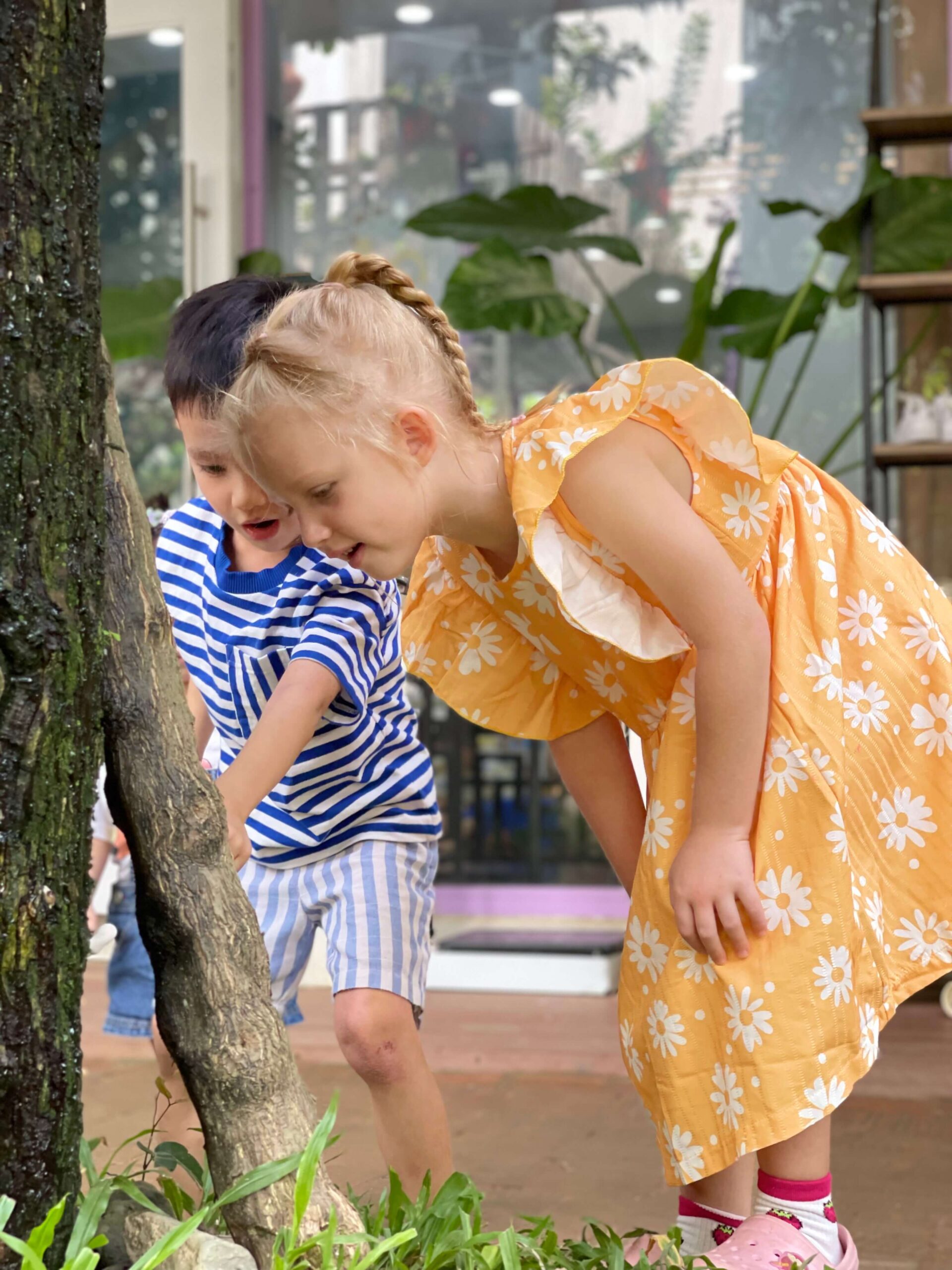
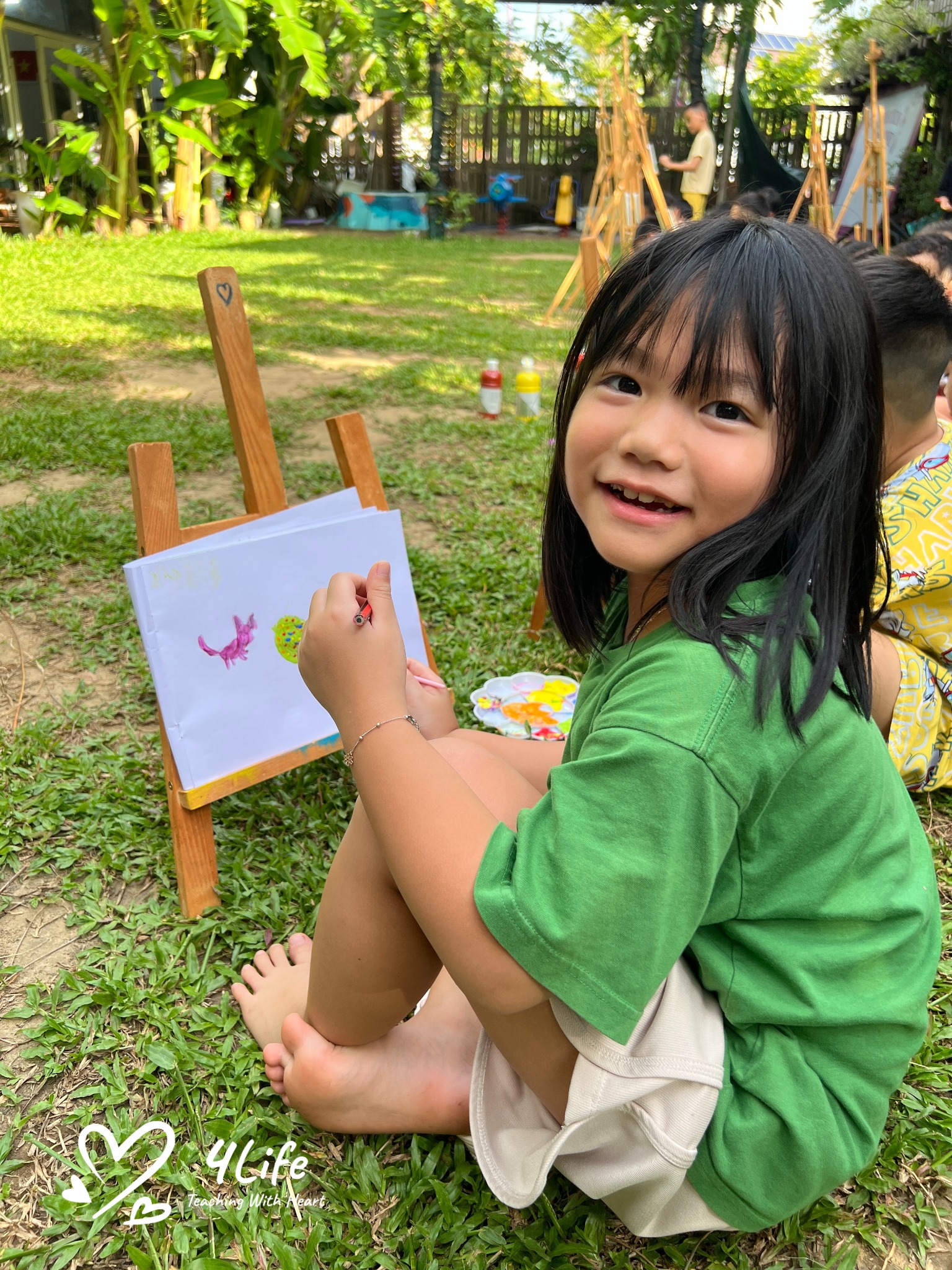
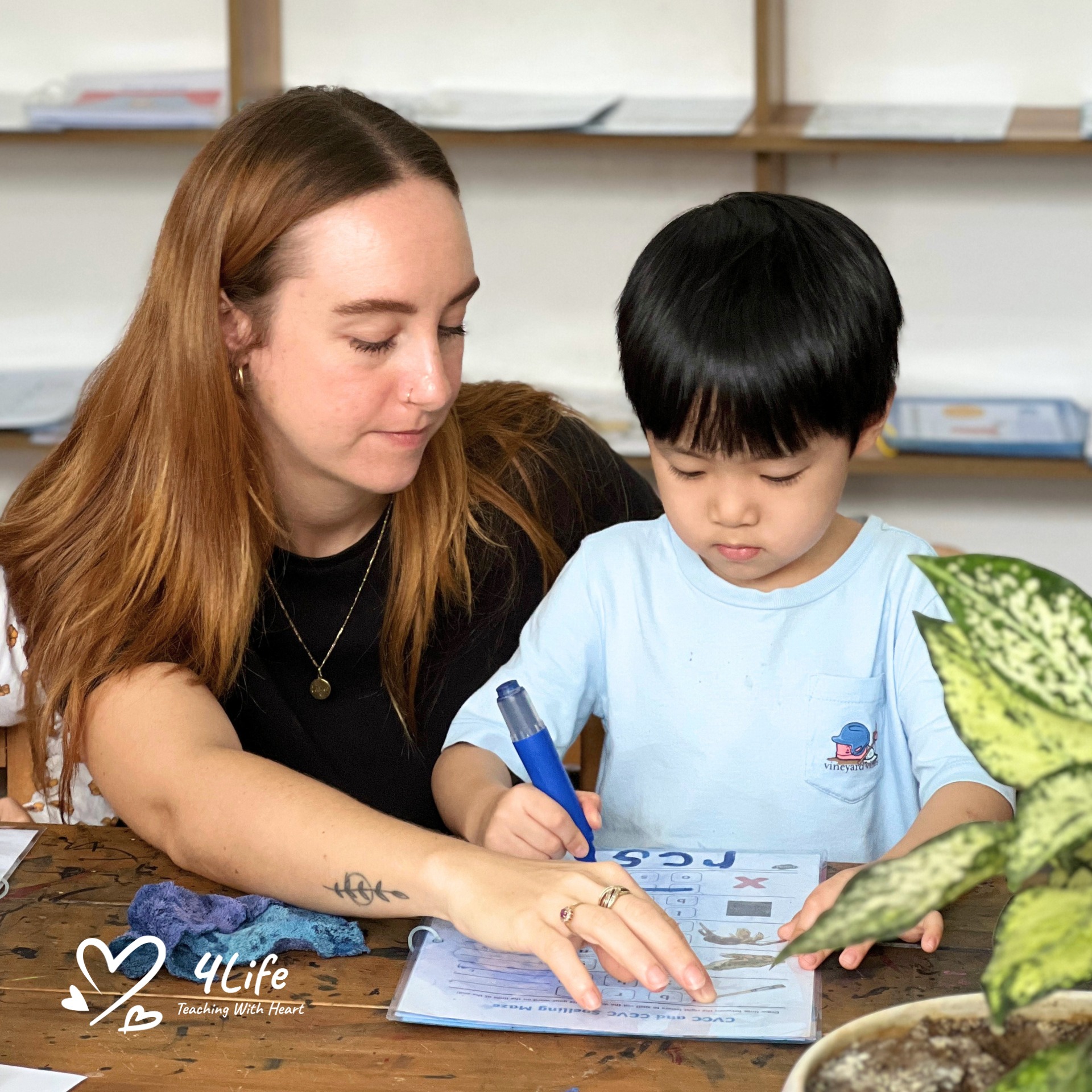
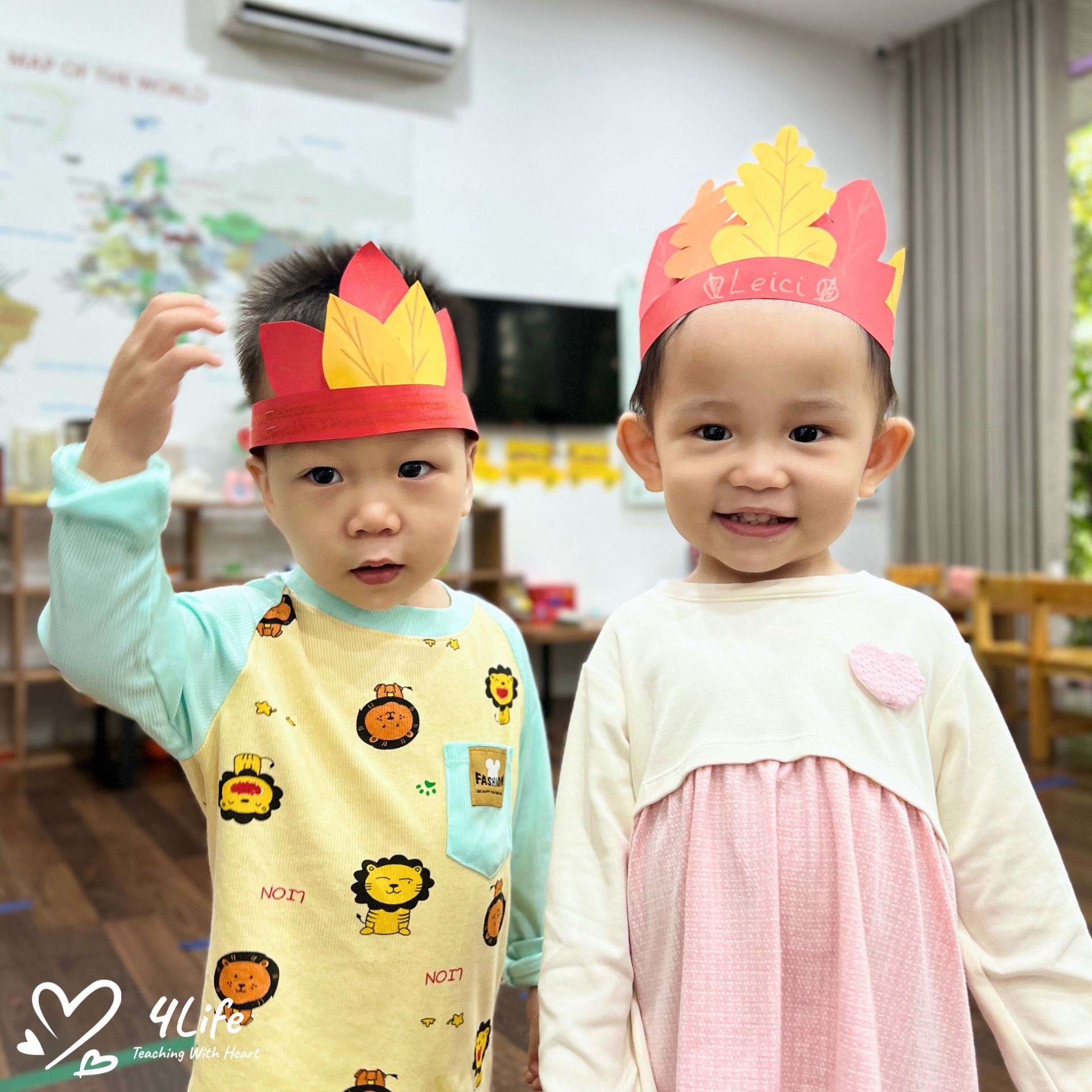
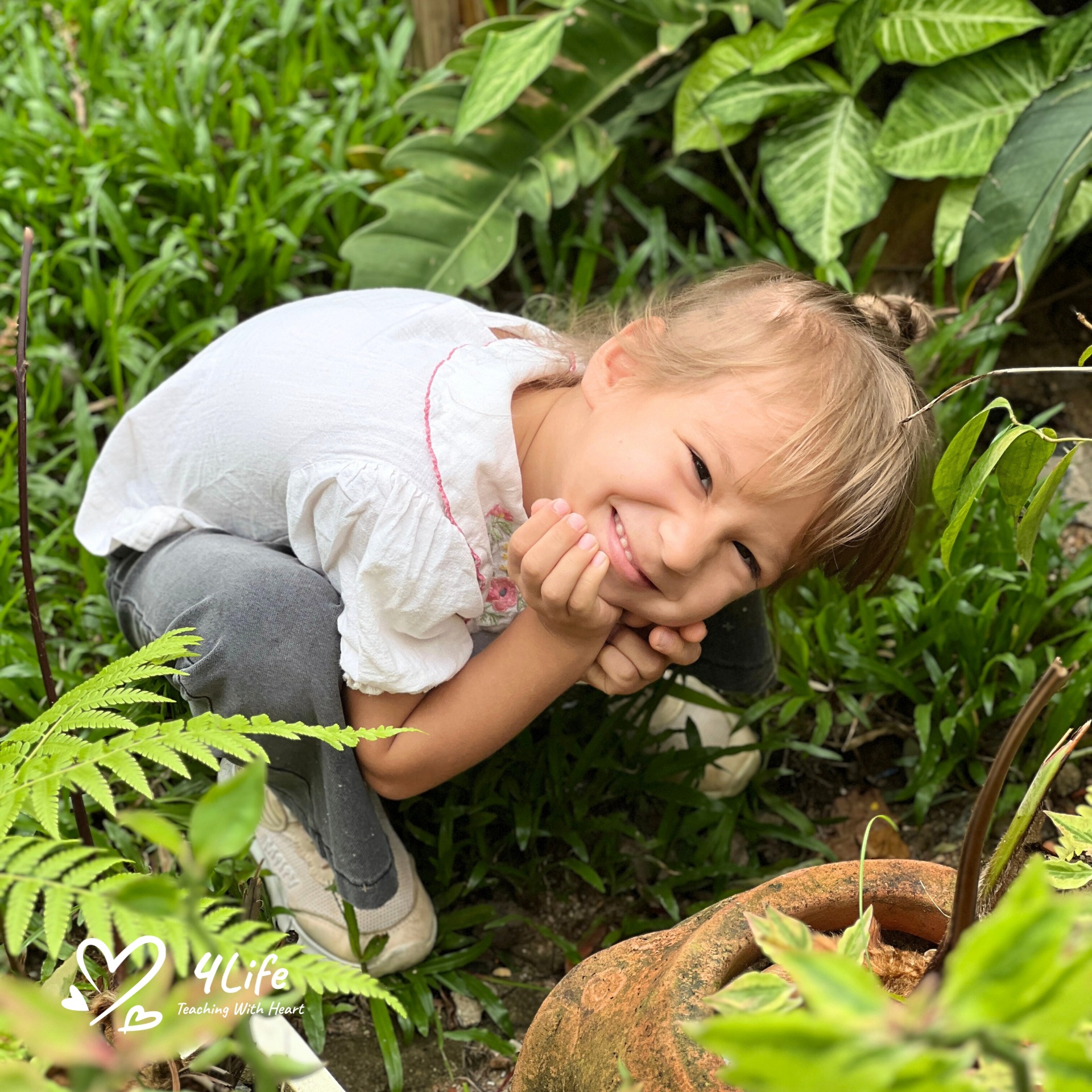
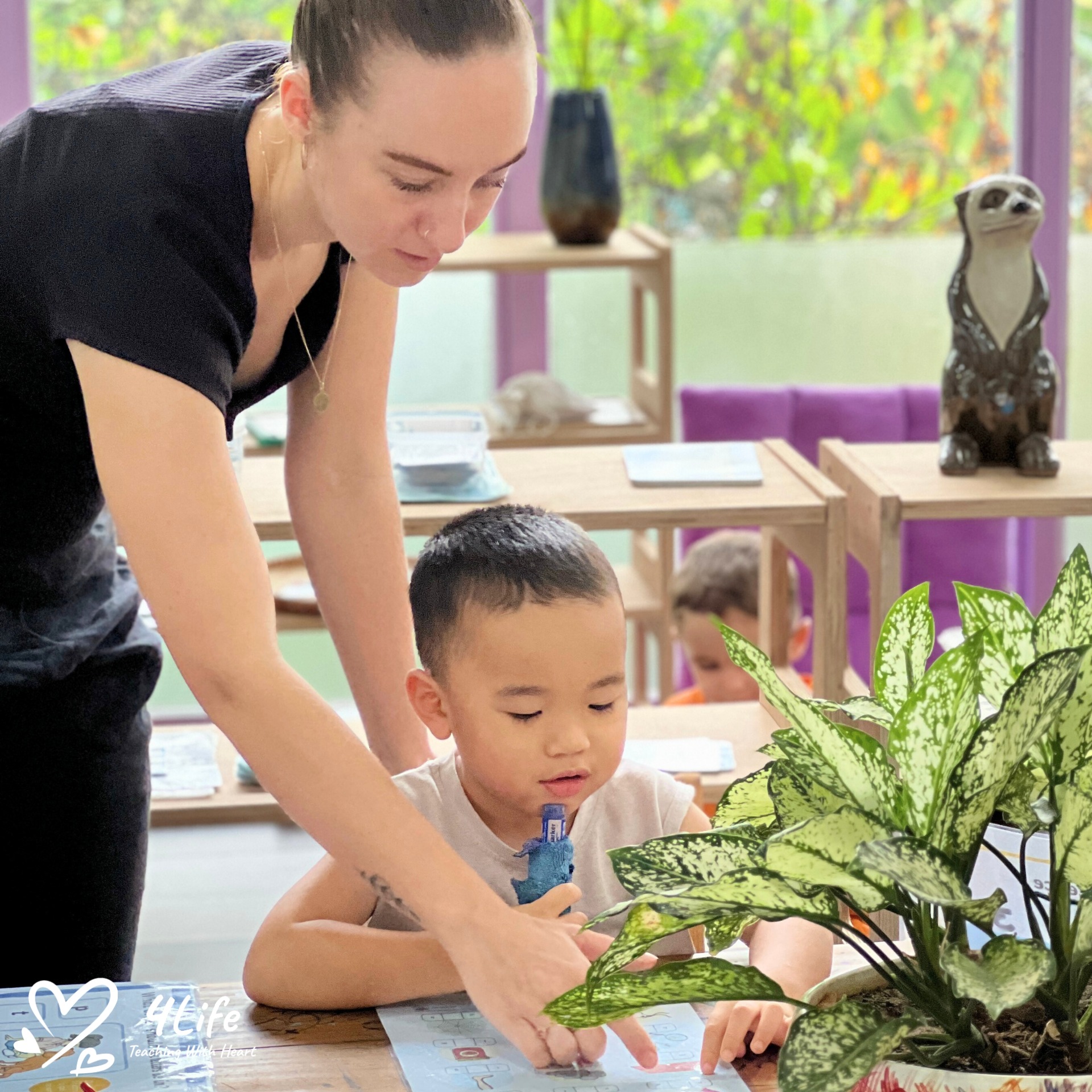
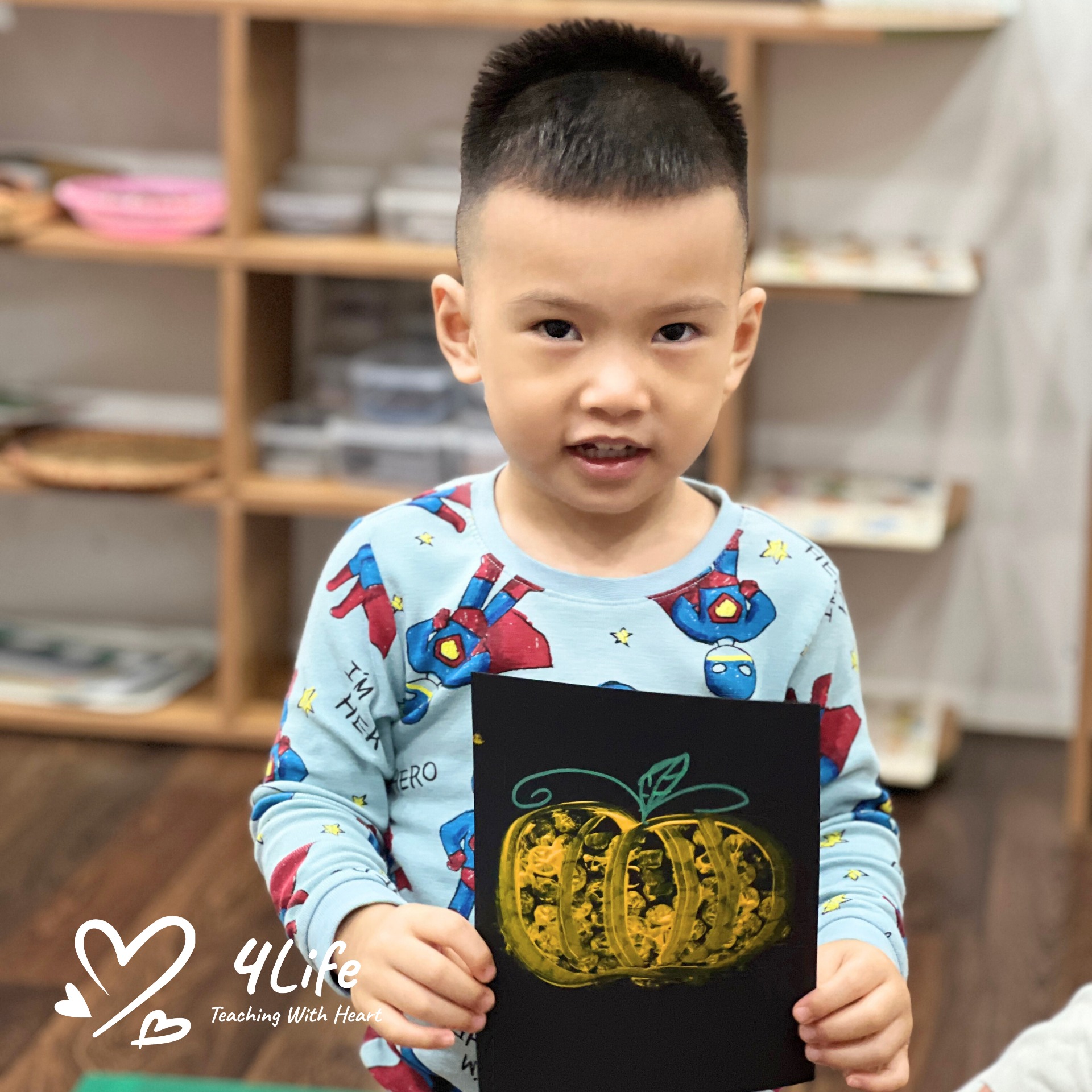
0 Comments